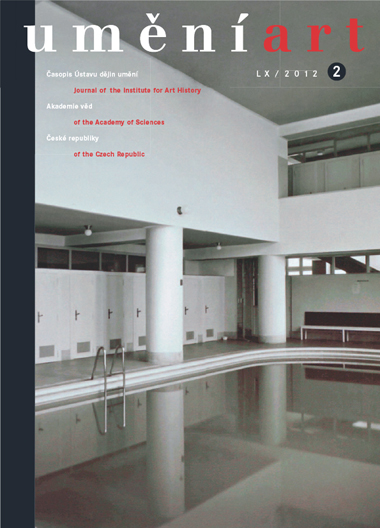Helena Dáňová
Tyrolean Master Narciss of Bolzano and the Relief of the Assumption of the Virgin Mary in the National Gallery in Prague
This article focuses on a pine-wood relief of considerable iconographic interest, representing the oldest surviving wood carving depicting the Assumption of the Virgin Mary. Its composition is based on the Tucher Altar in Nuremburg, but it was also extensively modified according to the very widely known prints of Master E. S. The relief came to the National Gallery in Prague from the collection of Ferdinand d'Este at Konopiště Castle in 1939. A stylistic analysis supported by findings from restoration analysis and a scientific analysis of the object revealed that the Prague relief was created in the workshop of Tyrolean Master Narciss of Bolzano (active 1474-1517). The most important analogies to the work are the altars in Völs am Schlern (dated 1488) and Fiero di Primiero (148.[5]?) and a relief depicting the Assumption of Christ (circa 1490) in the collection of the Victoria and Albert Museum in London. All these works feature characteristic facial types with pointy noses and similarly articulated drapery. The relief of the Assumption of the Virgin Mary in the National Gallery in Prague originated during the same period as the aforementioned works, in the second half of the 1480s. The workshop of Narciss of Bolzano typically exhibited an eclectic approach to selecting themes and motifs from the prints of Master E. S., and this is also apparent in the composition of the Prague relief. An interesting feature in the Prague work is the rock beneath Mary's feet. Although in terms of its visual rendering it is based on print L 169 by Master E. S., the choice of this motif was inspired by The Virgin of the Rocks (1483-1485) by Leonardo da Vinci, which was commissioned by Ludovico il Moro in Milan and quickly became a very famous painting.
Full-text in the Digital Library of the Czech Academy of Sciences:
https://kramerius.lib.cas.cz/uuid/uuid:c0f8a63d-d874-793c-b724-9154207eb125
< back

